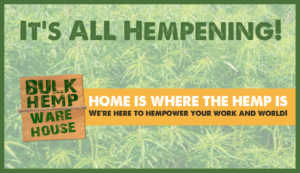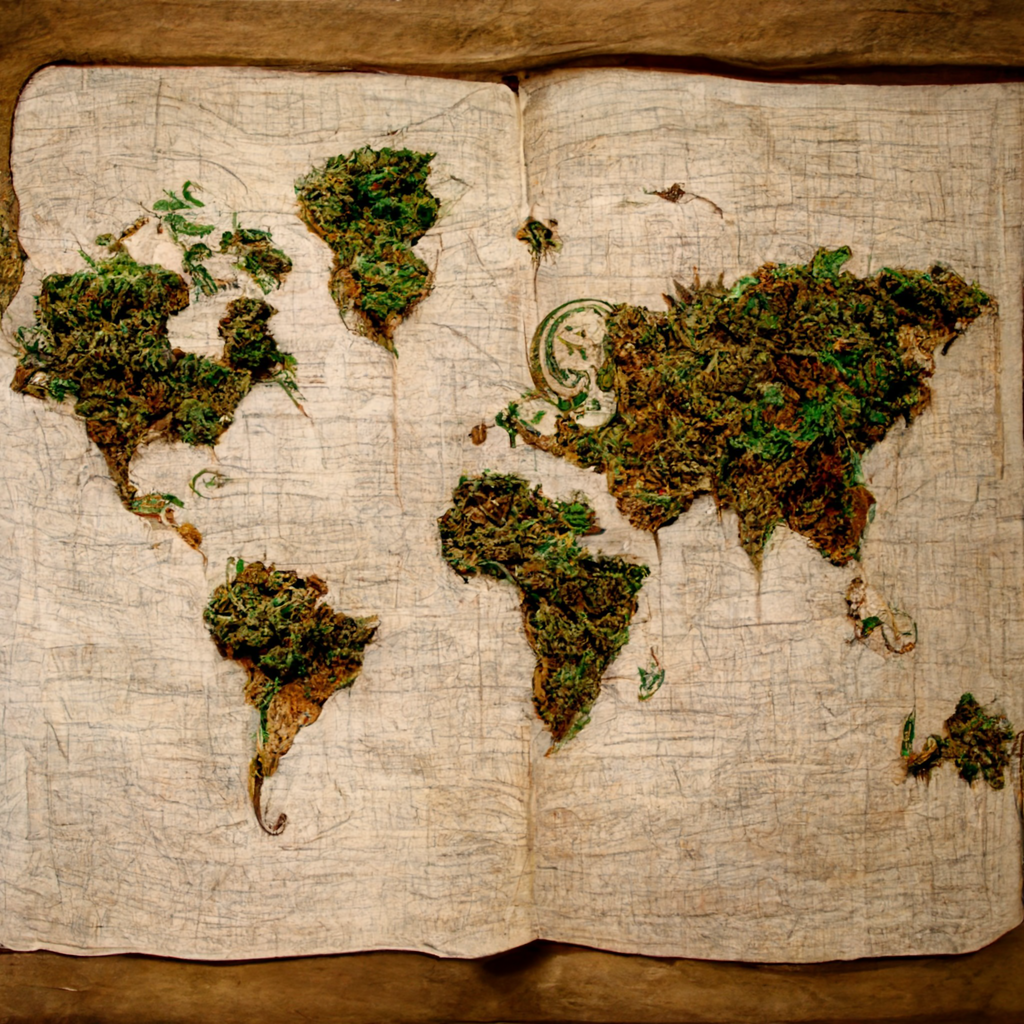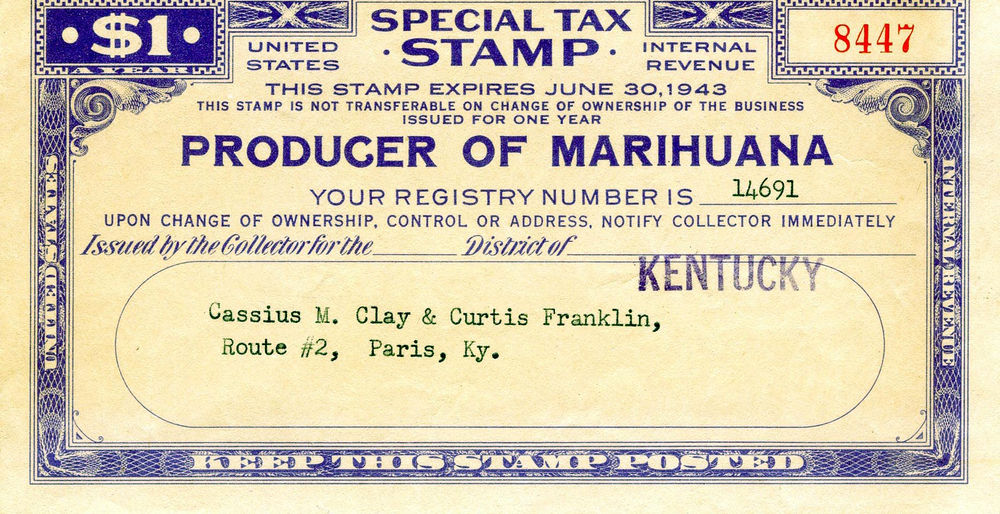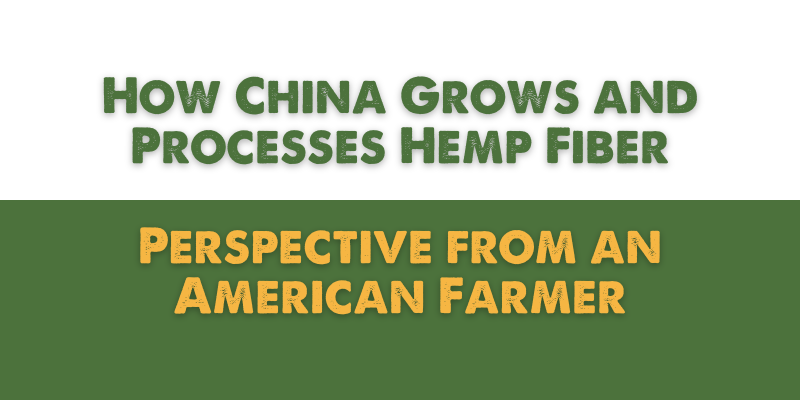

- Author Evelina Bobyleva
- Categories: Hemp Education, Hemp History
Hemp Culture in Ancient History and the Ubiquity of Hemp
Hemp culture began its spread from Central Asia.
Hemp fabrics were among the finds of the Late Paleolithic (about 6-4 millennium BC), along with silk fabrics.
Hemp is mentioned many times in a number of some ancient writings, giving an overview of its wide use: the creation of fabrics, garments, medicinal applications, paper production, food product and attribute of religious ceremonies.
To understand the culture of hemp, we will give examples from ancient history about its use in each of the above areas.
The first pharmacological description of hemp is found in the imperial book “Canon about Roots and Herbs of Shennong” (3 millennium BC), at the beginning as a remedy for diarrhea and cough, but not much later, in the same Chinese medicine, hemp began to be used as a remedy for nervous disorders.

In ancient Greece, hemp was used as an anesthetic
The first printed book of 770 “Dharani” is a collection of prayers, the sheets of which are made of hemp.
Official documents, calligraphy sheets, books from the Imperial Library of the Hai Kuan period, and many other examples.
Such paper had strength, flexibility and water-repellent properties, which also attracted artists, so many works from ancient China to our time were painted on canvases made from hemp fiber.
Since ancient times, hemp seed oil has been valued, it has a high protein content, which makes it indispensable, especially in regions with sparse vegetation, because hemp is not particularly whimsical to grow, but more on that later.
The sacred meaning of this plant, to a greater extent, was revealed in Indian culture. A ritual hallucinogenic drink was made from it.
But not only Hindus used the intoxicating effect of hemp. Numerous uses, including: the expulsion of evil spirits, the creation of happiness in marriage (Shintoism), the enlightenment and enjoyment of a person (Hinduism), ritual rites (Buddhism, Sufism, Greeks and many, many others).
It can be concluded that the spread of hemp was still more associated with its sacred and medical qualities.
For which it began to be eradicated in the Middle Ages. Persecution came from church leaders. Medicine was turned upside down, which was one of the reasons for calling these times “Dark”, but more about this in the history books.
This concludes our review of the early references to hemp. In the next article, we will look at a later period in the history of hemp.
It will become clear why it became so widespread during the Age of Discovery and what factors influenced the drafting of the first bills to ban hemp.
Hemp Culture Has Changed through Time

Opinions about hemp have changed frequently throughout history. Its culture spread throughout the world with the Age of Discovery.
The first route from South Asia for Hemp was laid by the Portuguese conquistadors at the end of the 15th century. Less than a hundred years later, hemp began to be cultivated in the young territories of North America, located on the other side of the globe (Issuance of a law that obligated every farmer in the state of Virginia to grow hemp – 1619).
The first person who obliged at the legislative level to grow hemp was Henry 8, this was due to the secularization of monastic lands.
To avoid loss of productivity (the state of the English fleet directly depended on hemp), when transferring land to private owners, Henry (1533) issued a decree requiring each farmer to sow a quarter acre of hemp for every 6 acres of cultivated area.
Along with the widespread cultivation of hemp, legal systems have tried in various ways to reduce the amount of marijuana use. In 1550, the Spanish governor of Mexico issued an order restricting the cultivation of hemp because “the natives began to use this plant for more than rope,” write Robert Clark and Mark Merlin in their book Hemp: Evolution and Ethnobotany.
While the world was conquered by navigation, hemp was cultivated everywhere, because it served as the basis for the strongest materials needed by ships.

So he Reached the Russian Empire
“Decree on the expansion of flax and hemp crops” by Peter 1 (1715). By the beginning of the 19th century, the Russian Empire would take first place in the export of hemp (including to England and America).
In subsequent years, it can be said that it was American history, economy and production that were most closely associated with hemp, which is not surprising, because their development in the new world began almost at the same time.
The draft Declaration of Independence was written on Dutch hemp paper.
And since over the period of the 18th-20th centuries, the relationship between America and hemp culture is full of many interesting events, we will consider them in a separate article.
Thus, having briefly examined the history of great geographical discoveries, we can conclude that hemp was valued, first of all, by hemp, which was actively used for production (paper and knitwear).
And persecution by the legislature was due to the use of marijuana as an intoxicant in working class circles.

Let's take a closer look at the relationship of American History and Hemp Cultre.
George Washington, even before he received the rank of general, was engaged in farming. One of the crops he cultivate was hemp, as evidenced by his records from the diary of counting the crops (stored in the US Library of Congress).
Before the Revolutionary War, the main strategy in establishing the English colonies was to supply raw materials. America specialized in deforestation, iron mining, but agriculture remained the main activity: tobacco, hemp, wheat, rice, etc.
The US focused on the building of an internal market, the production of our own goods (mainly manual labor), trade relations, as well as successful ship-building, bypassing the rules of the metropolis, were a solid foundation for a successful separation.
Throughout this period, America remained a farming society (about 90% of the population), posed with ripe conditions for a free enterprise.
And it would not be an exaggeration to say that the hemp industry was at the head of the development of American society, that the cultivation of hemp (cheap from the use of slave labor) was one of the prerequisites for America to gain independence.

The size was huge, according to the statistical reports of 1850: more than 8300 plantations with a size from 80 hectares.
The main areas of its use also remained: textiles, ship services, paper. Since that time, some brands have started, such as Levi Strauss & Co – manufacturers of the first jeans (from hemp, of course).
After the middle of the 19th century, along with the development of science and technology, there is an increasing branching of hemp applications.
For example, due to the presence of cannabidiols in Indian marihuana oil, it has also gained recognition in medicine: as an anesthetic, help with certain gastrointestinal disorders, nervosa and migraines.
The advent of the era of mechanical engineering supplanted the need for large quantities of canvas and ropes. But hemp supplying most demanded of raw materials gradually began to be taken over by iron, oil, lumbar and coal.
Severe pre-war situation, the introduction of dry law; the civil war in Mexico – the reason for the large influx of immigrants who influence the spread of the culture of smoking marihuana for recreational purposes; hashish smoking clubs are springing up in New York City. Along with this, the chemical company “Dupont”, producing medicines and paper magnates are trying to force hemp out of their markets. From the mid-thirties, the “hemp genocide” begins.
One state after another passes laws to ban hemp. In order to somehow create jobs for Americans during the Great Depression, the authorities associated the use of marihuana with a decrease in the socio-economic level, and seated in prisons immigrants who carry traditions of marijuana use.

1937 – The Marijuana Tax Act imposed a tax on all sales of hemp (including hemp), severely restricting medical and industrial use.
Hemp production fell into decline, and the “black market” grew steadily.
And although the adoption of this law had good intentions, but on a par with the “dry law” it only led to problems, such as: the decline of the economy, the development of racism, the emergence of synthetic drugs.
At that time, there were no such advanced technologies that we have now, but still, in 1942, Henry Ford presented a car with a bioplastic body, which included hemp fiber, as well as an engine – designed to run on ethanol – vegetable alcohol – made from hemp biomass as well.
Such a car was stronger and lighter than steel, but the outbreak of the Second World War suspended all automobile production, and shifted gears to more oil and more iron and steel.
The idea could not be developed again after the end of the war, as the forces were directed to the restoration of production and the economy.
By the 1970s, marihuana persecution began to gradually subside. John F Kennedy had expressed his intentions to change the prevailing picture around hemp, but his sudden death and the subsequent Vietnam War take all the attention of Congress.
Since the Nixon administration, the issue of hemp’s cousin has begun to subside: criminal penalties have been revised.
The decriminalization of hemp is gradually freeing states from persecution.
Hemp in one area after another is gaining state certification and the opportunity to become a controlled substance that fuels the economy, leading to development.
And now with the passing of the Industrial Hemp Farm Bill it is legal to grow in all 50 states.
We still have a lot of work to do, but hemp culture is alive and thriving, and more professionals and expert authorities are seeing the benefit and value hemp has to offer for food, shelter clothing, energy, fuel, plastics and so much more!
Explore Other Posts by Bulk Hemp Warehouse

Why Hemp Seeds Are the Ultimate Superfood for Birds – And Why Corn, Wheat, and Soy Don’t Belong in Their Diet
Could hemp seeds be the NEW Bird Feed that beats corn wheat and soy? I think so.

How China Grows and Processes Hemp Fiber – From an American Farmer
Steve Groff, a third-generation farmer from Southeastern Pennsylvania, recently embarked on a transformative journey to China, a trip that has profoundly impacted his perspective on the future of hemp farming and textile production. This wasn’t a casual tourist visit; it

10 Ways to Use Hemp for the Holidays
The holiday season is a time for creativity, warmth, and celebration. Hemp, with its versatility and sustainable nature, offers endless opportunities to make your holiday festivities more eco-friendly and unique. Whether you’re looking for gift ideas, decorations, or a way







